is hammertoe surgery worth it
 What Can I Expect From Hammertoe Surgery? | Glastonbury, CT Patch
What Can I Expect From Hammertoe Surgery? | Glastonbury, CT PatchHammer finger surgery: What to expect A hammer finger is a potentially painful deformity of the second, third or fourth fingers, where the finger bends up in the joint, similar to a hammer. When a hammer finger causes pain and other treatments fail, surgery may be the only option to correct the joint. A hammer finger makes the finger double in the first joint, which is called the proximal interfalangeal joint. The problem usually begins with a muscle imbalance. When a muscle weakens too much, it can press the toe tendons. This may eventually cause the joint to deform. People with hammer finger can also develop or calluses at the top of the joint from the toe finger by rubbing with poorly equipped shoes. Using inadaptated or pointed shoes is one of the most common causes of a hammer finger. High heels can also cause the condition, because the heel pushes the front of the foot down, forward, and against the shoe. Over time, the muscles of the toes are weakened and are no longer able to straighten the finger. Certain risk factors increase the likelihood of developing hammer finger. People with unusually long bones of the feet, a history of injury of the toes, and are more at risk of developing the hammer's finger. The type of hammer finger determines the treatment options. There are two different types: Flexible hammer finger In the early stages, the joint remains mobile. It is possible to treat the flexible hammer finger without surgery, often simply by changing to better shoes. A person can reduce the symptoms of a flexible hammer foot avoiding high heels and wearing loose shoes that are at least half inch longer than the longest finger. The foot stretching exercises, such as collecting the soil elements with your toes, can also help. Ice packs to reduce pain and swelling can help with pain and . A doctor may also recommend putting a pad on the joint to prevent it from rubbing against the shoes. Rigid hammer finger A stiff hammer finger means the joint is no longer mobile. Home treatment and better shoes can provide temporary pain relief, and a doctor may recommend trying a personalized orthotic device before surgery. If that fails, surgery could be the only option. Hammer finger surgery can be highly effective in people for whom the primary or unique problem is the hammer finger. But when an underlying condition such as rheumatoid arthritis causes a hammer finger, doctors may recommend treating that condition first. Surgical options for hammer finger include: Trend Transfer A tendon transfer pushes your finger to the right position and often works well for a flexible hammer finger. Tenants put the muscle to the bone. During a transfer of tendons, the surgeon throws a tendon near the hammer finger through the upper part of the joint. This carries the finger in a more straight position, compensating muscle weaknesses and improving the appearance of the finger. It should also reduce pain. Joint resection Joint resection can help with a fixed hammer finger. For this surgery, a short doctor ligaments and tendons to help straighten the finger and may also remove a part of the bone. To keep your finger in place, the surgeon can insert temporary pins. These pins can be removed a few weeks after surgery. Fusion A fusion procedure can reduce the severity of a fixed hammer finger. In this procedure, the surgeon removes parts of the joint to allow the bones to grow together. This straightens your finger and can help reduce pain. A surgeon will cut tendons and ligaments, as well as the ends of the bones. Then the surgeon will use pins to help keep the joint in place. The nails remain in place to allow the bones to grow together and are eliminated after the joint has merged. Amputation In rare cases where a person experiences severe pain of a hammer finger and no other treatment works, a podiatrist or or orthopedic surgeon may recommend deletion of the finger. This is called amputation. A of 12 older adults with amputated toes found that the procedure could relieve pain, and people were generally very satisfied with the surgical results. Removing a finger can change the way a person balances his foot. It also permanently changes the appearance of the foot and can be more risky and harder to recover than other surgeries. Hammer finger surgery is performed mainly outpatient. This means that a person can go home the same day the surgery is done. Surgery can often be done with a local anesthesia that only numbs the finger, so the person remains awake during the operation. This can shorten recovery time and avoid the rare complications that sometimes accompany general anesthesia. Hammer finger surgery can also be done under general anesthesia. People should discuss the risks and benefits of each option. If a person is squamous, he does not want to see the procedure, or has one of the knives or needles, they might prefer general anesthesia. People with a history of bad reactions to general anesthesia or who want the shortest possible recovery time might prefer a local anesthesia. Before surgery, a doctor is likely to perform a blood work and ask the person about his or her medical history. Some people will receive intravenous (IV) medicines before or during surgery. A IV may be used to administer anesthesia or to provide a medicine that helps a person feel relaxed while awake. Under local anesthesia, a person may not feel the procedure itself, but may feel pressure or pull. Surgery should not hurt. After surgery, a person will usually feel some pain in the toe's finger and must have someone to take them home. Those who choose general anesthesia cannot eat before surgery. After surgery, most people experience swelling, which can last up to a year. It may be necessary to use a special shoe or a shoe insert to support the foot finger after the procedure. A person will have to avoid putting weight on the foot for several weeks. Lifting the foot can accelerate healing and reduce pain. As the finger heals, walking can be difficult and painful, so a person may need a rod or crutches for a few weeks. They may also be unable to drive for several weeks. A few weeks after surgery, the doctor will remove any point or pins. The incision will probably leave a scar. Exercises to improve strength in the feet and feet muscles can help heal the toe's finger. These exercises can also prevent the hammer finger from coming back. A person with a hammer finger history runs the risk of re-development, even after surgery, so it is important to wear comfortable shoes that fit and follow a doctor's recommendations to protect the joint. The hammer finger can be antiesthetical and painful, but it does not always require surgery. Home treatment, including changing shoes and finger exercises, often work. An orthopedic or podiatrist surgeon can help a person correct the problem before surgery becomes necessary, so anyone who experiences hammer finger symptoms should talk to your doctor before allowing it to get worse. Last medical review on October 1, 2017Most recent newsRelated coverage
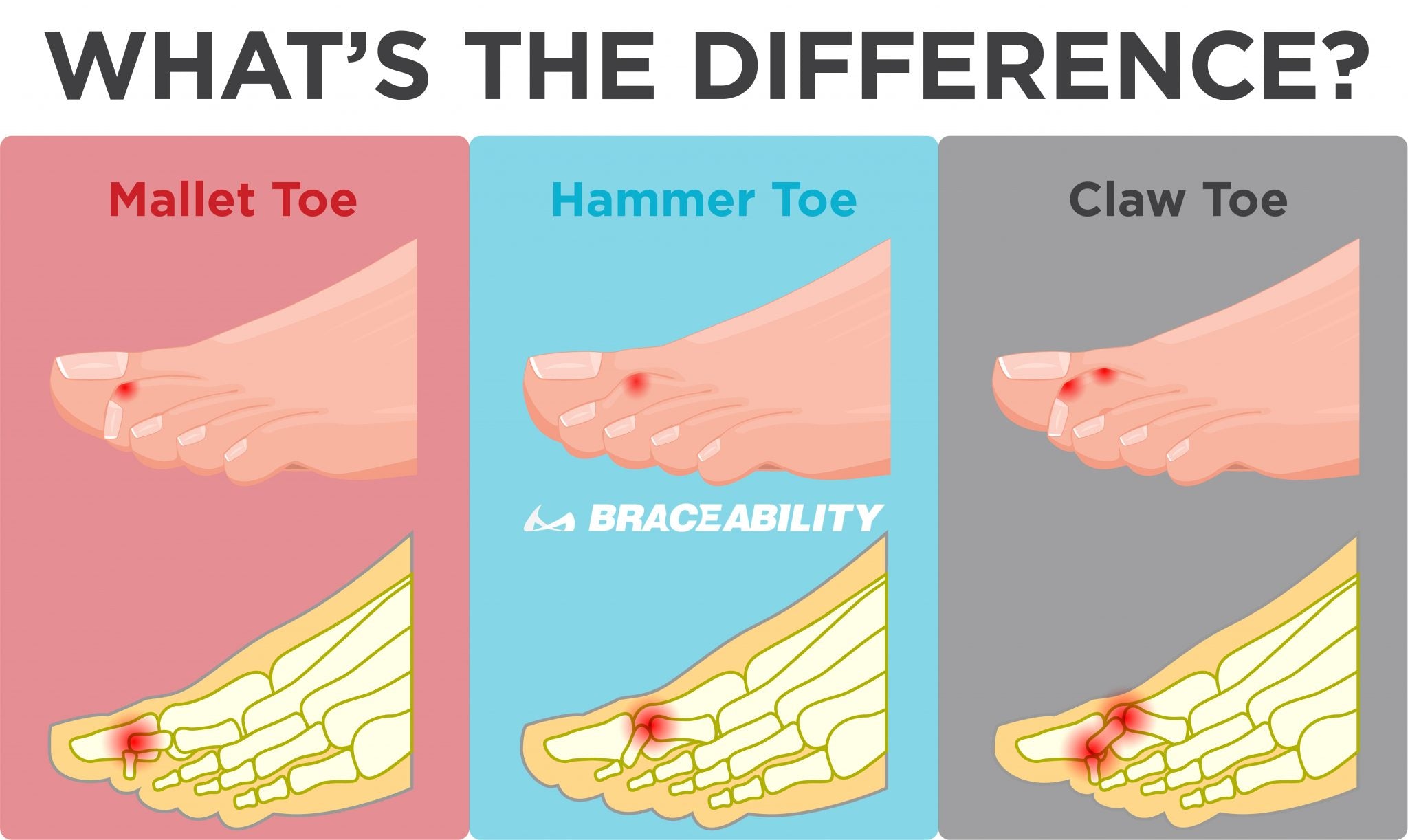
Mallet Toe Surgery | Exercises for Curled Toes & Post-Op Recovery
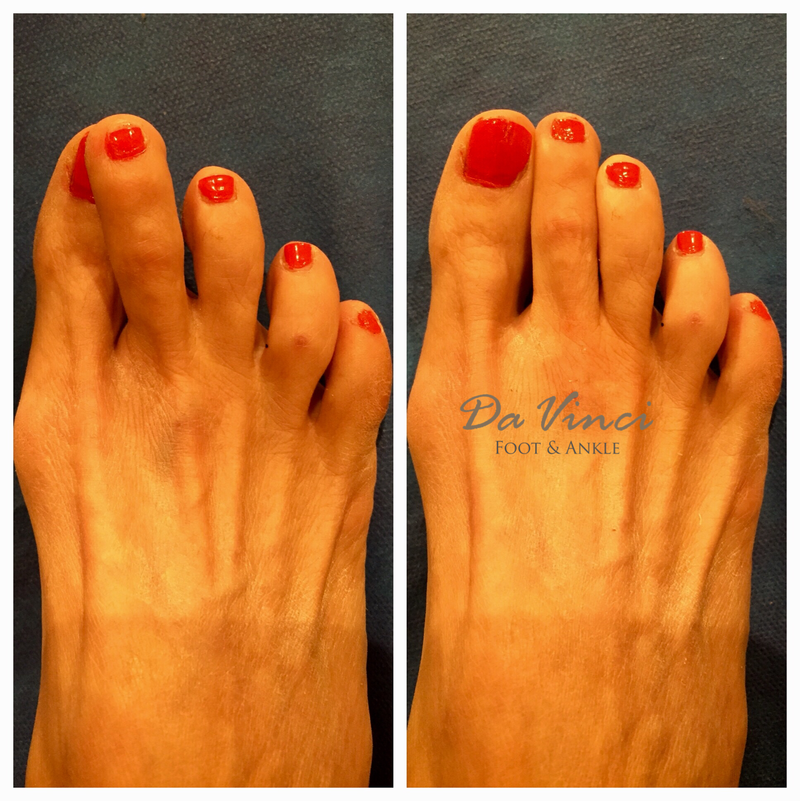
Hammertoe Surgery Augusta ga | Hammertoe Deformity | Laser Treatment | Podiatrist near Atlanta, Greensboro, Thomson, Lake Oconee

Is Hammertoe Surgery Worth It? | The Bunion Cure

Toe Shortening — Foot First Podiatry Centers

Worth the Results! 👣💥 | Hand foot and mouth, Hammer toe surgery, Bunion surgery

Is Hammertoe Surgery Worth It? | The Bunion Cure

Minimizing The Risk Of Failed Hammertoe Surgery | Podiatry Today

Aesthetic Toe Surgery Procedures - Minimally-Invasive - JAWS podiatry
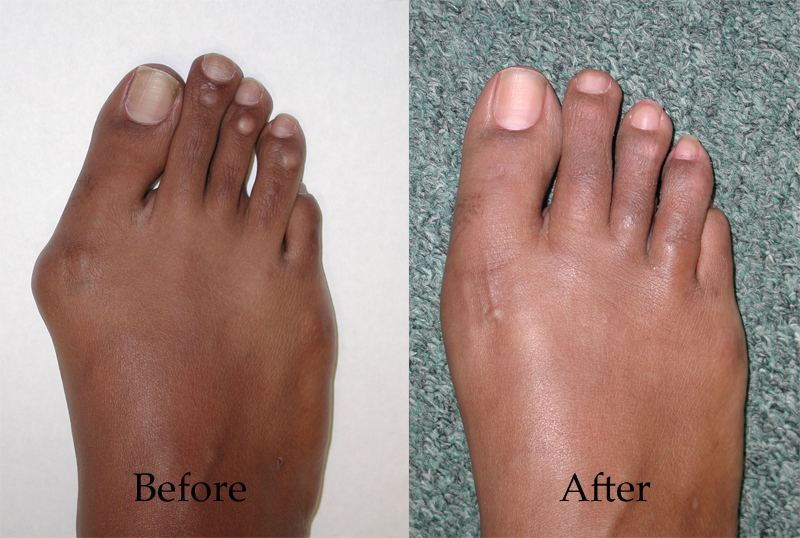
Hammertoe Surgery - Arches Foot Institute Surprise AZ Podiatrist Surprise AZ Foot Doctor
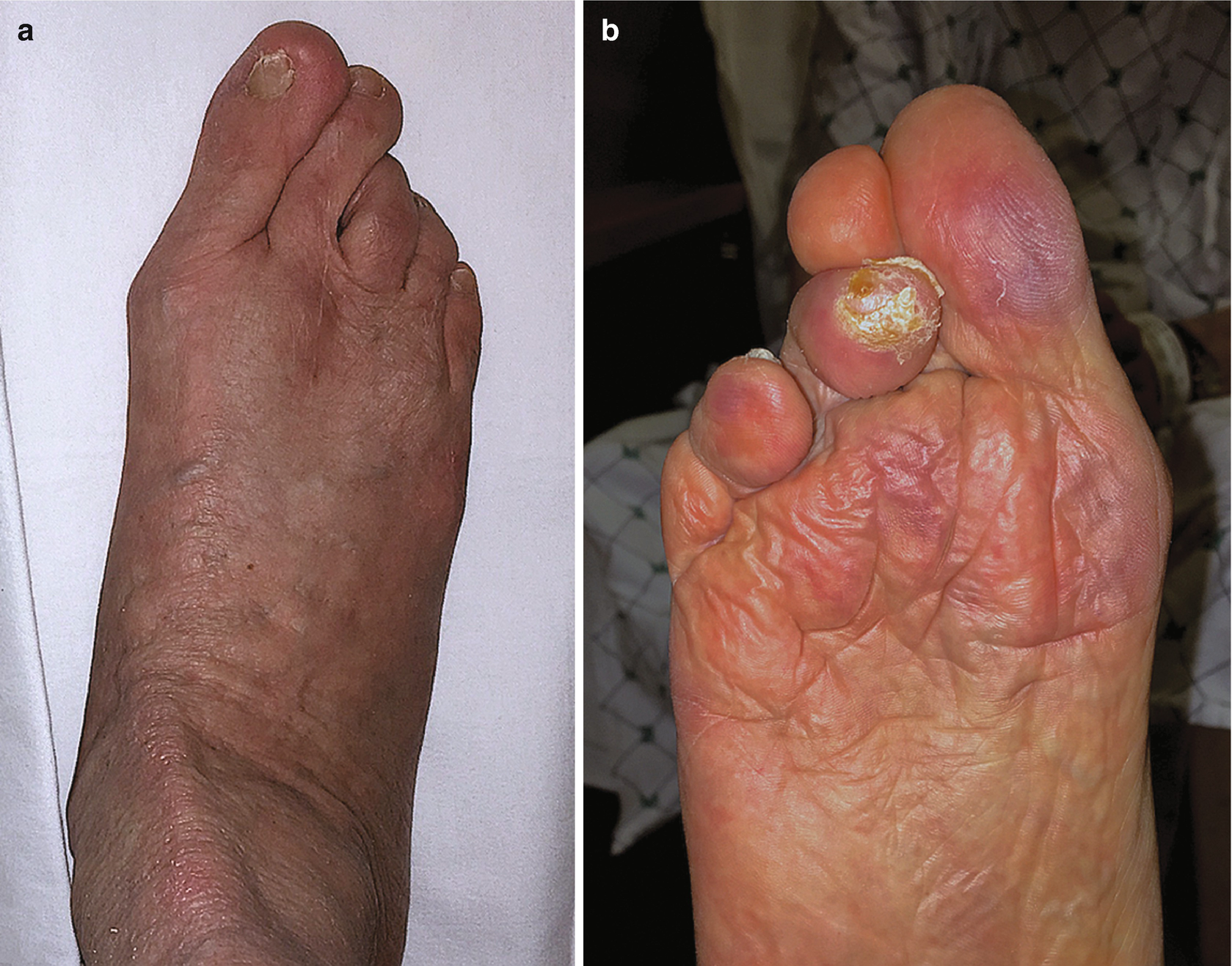
Revision Surgery for the Failed Hammer Toe | SpringerLink
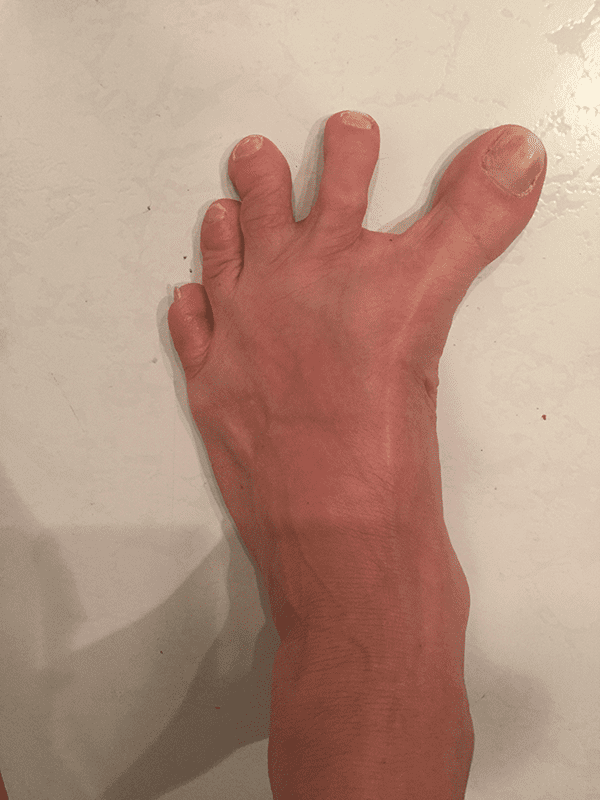
Hammertoe Surgeries Address Years of Discomfort | Orlando Ortho
Minimally Invasive Foot Surgery

Is Hammertoe Surgery Painful | yellowjail2256

Toe Shortening — Foot First Podiatry Centers

Taking A Novel Approach To Hammertoe Surgery | Podiatry Today
Hammertoe | Fort Worth Foot and Ankle Surgery | Trinity Foot & Ankle Doctors
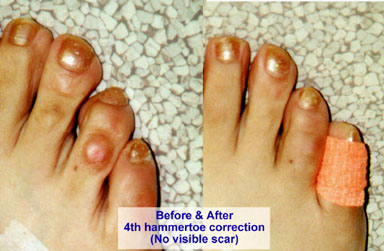
Hammertoe Surgery - Arches Foot Institute Surprise AZ Podiatrist Surprise AZ Foot Doctor
/woman-s-feet-78023618-5b016d27312834003785df28.jpg)
Hammertoe Surgery: Preparation, Recovery, Long-Term Care

Irvine Podiatrist Photo Gallery | Before & After Pictures
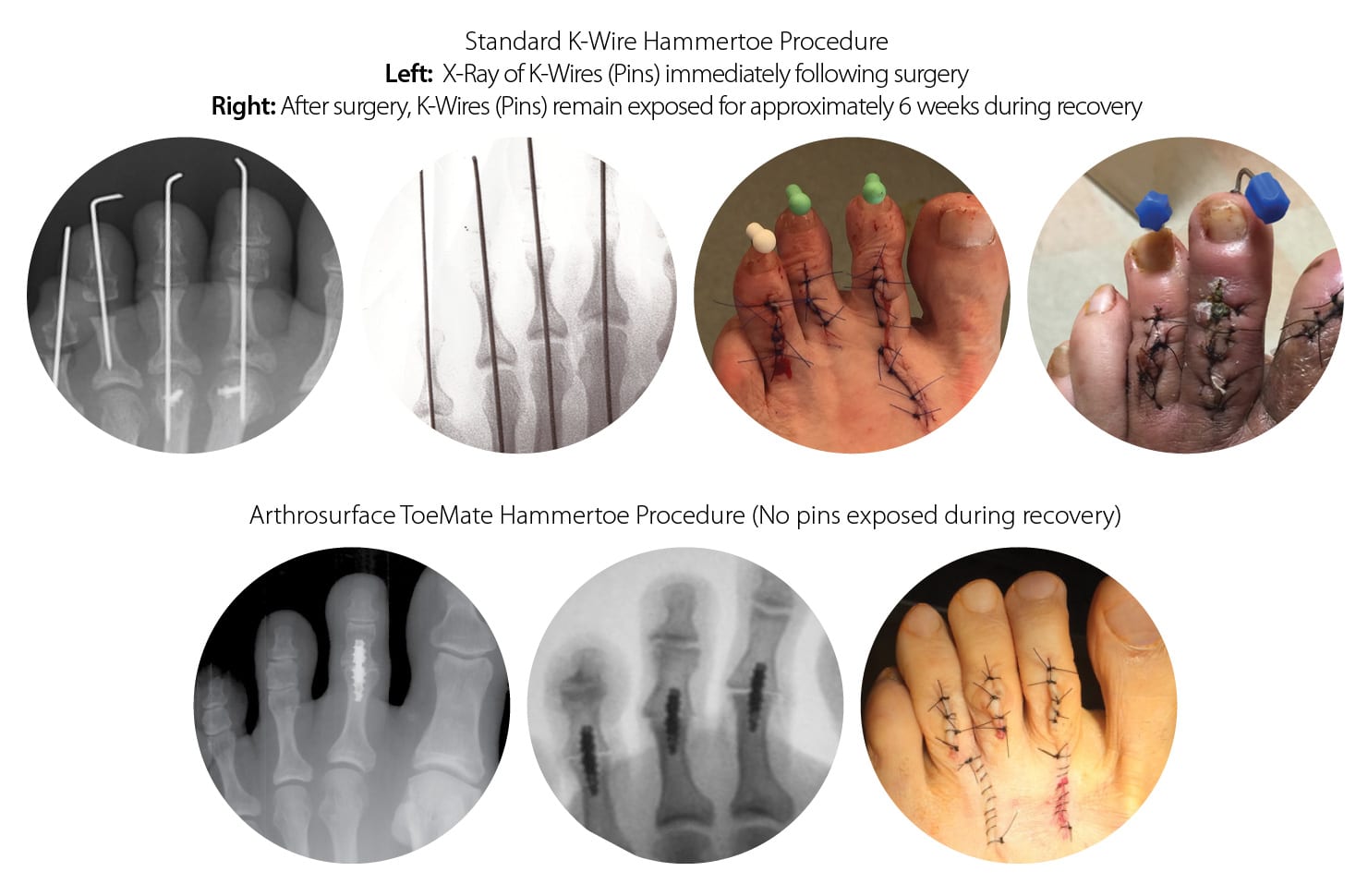
Hammer Toe Surgery- ToeMATE® Correction System for Hammer Toe

Before & After Bunion Surgery Photo Gallery | Los Angeles Foot Doctor | Beverly Hills

Photo of hammer toe surgery before and after. | Hammer toe surgery, Hammer toe, Health and beauty

Bunion & Hammertoe Surgery — Houston Medical Clinic

Hammer Toe Surgery (Toe Job, Toe Augmentation, or Toe Shortening)
Mallet Toe Surgery | Exercises for Curled Toes & Post-Op Recovery
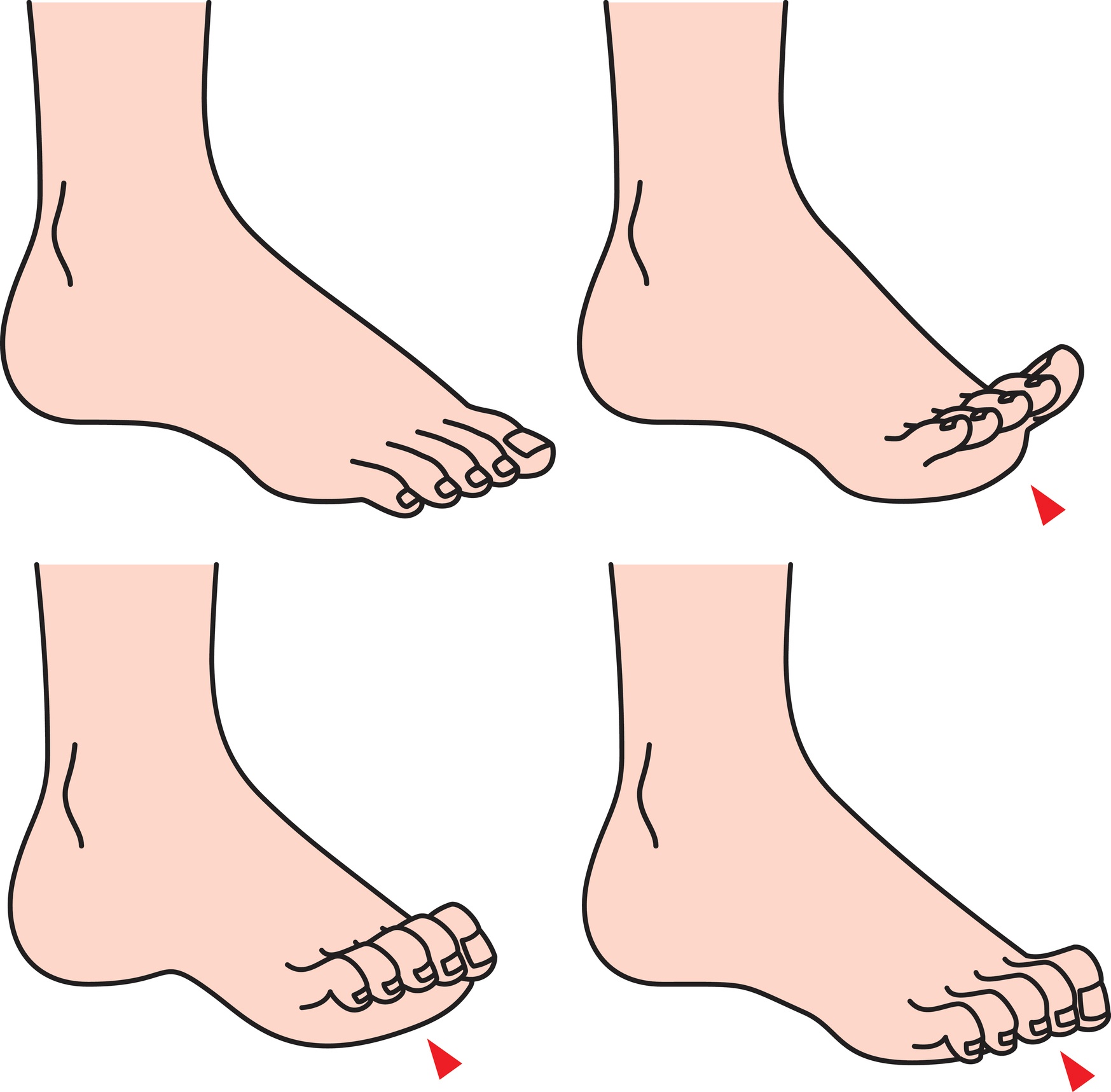
What to expect after hammertoe surgery | Nagy Footcare
:max_bytes(150000):strip_icc()/YogaToesGems-706da060dc9041dbae94af9515e47bda.jpg)
The 8 Best Hammer Toe Straighteners of 2021

Hammer Toe: Causes, Symptoms, and Diagnosis

Hammertoes Surgery – Podiatry
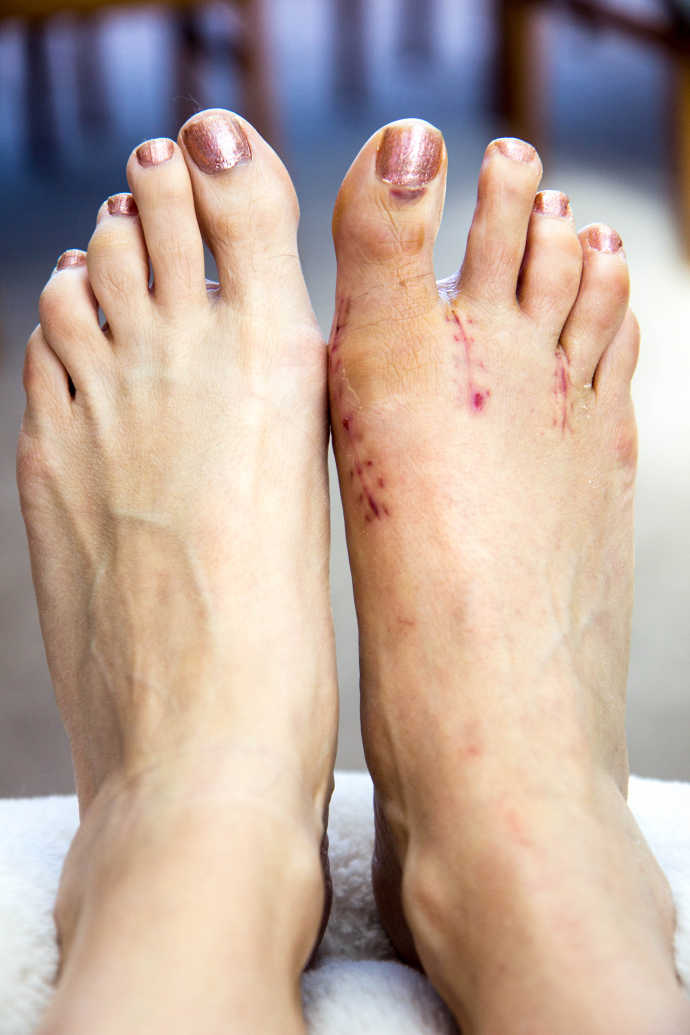
4 Weeks Post Bunion Surgery Update

Minimally Invasive Hammertoe Correction: Tri-State Specialists: Orthopedic Surgery

Before and After Bunion Pictures | The Bunion Institute Los Angeles

Hammer Toe Treatment Without Surgery|Splints|Shoes|Pads|Exercise
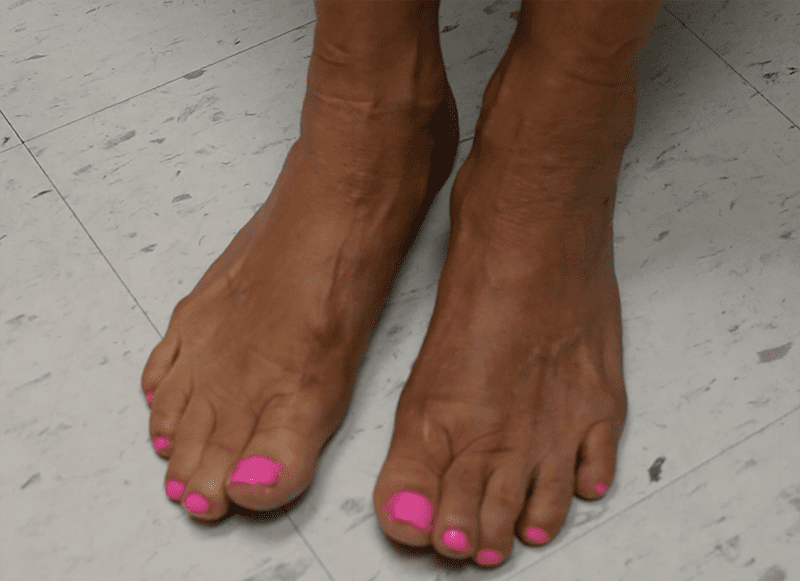
Hammertoe Surgeries Address Years of Discomfort | Orlando Ortho

Best Hammertoe surgery Before and After Pictures | Best Podiatrist NYC
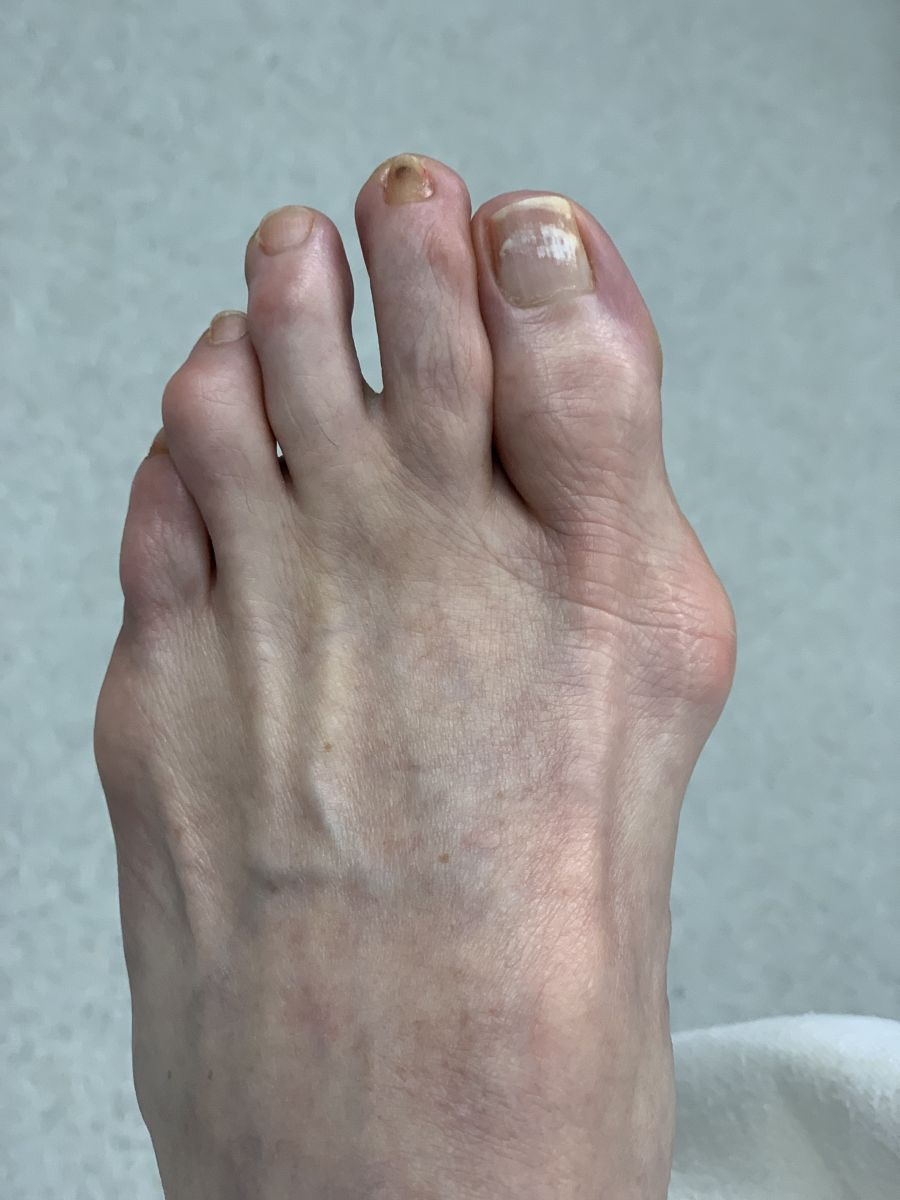
Photo Gallery - Dr Mathew John,Podiatrist Marietta, GA

Hammer Toe - Prevention and Treatment | familydoctor.org
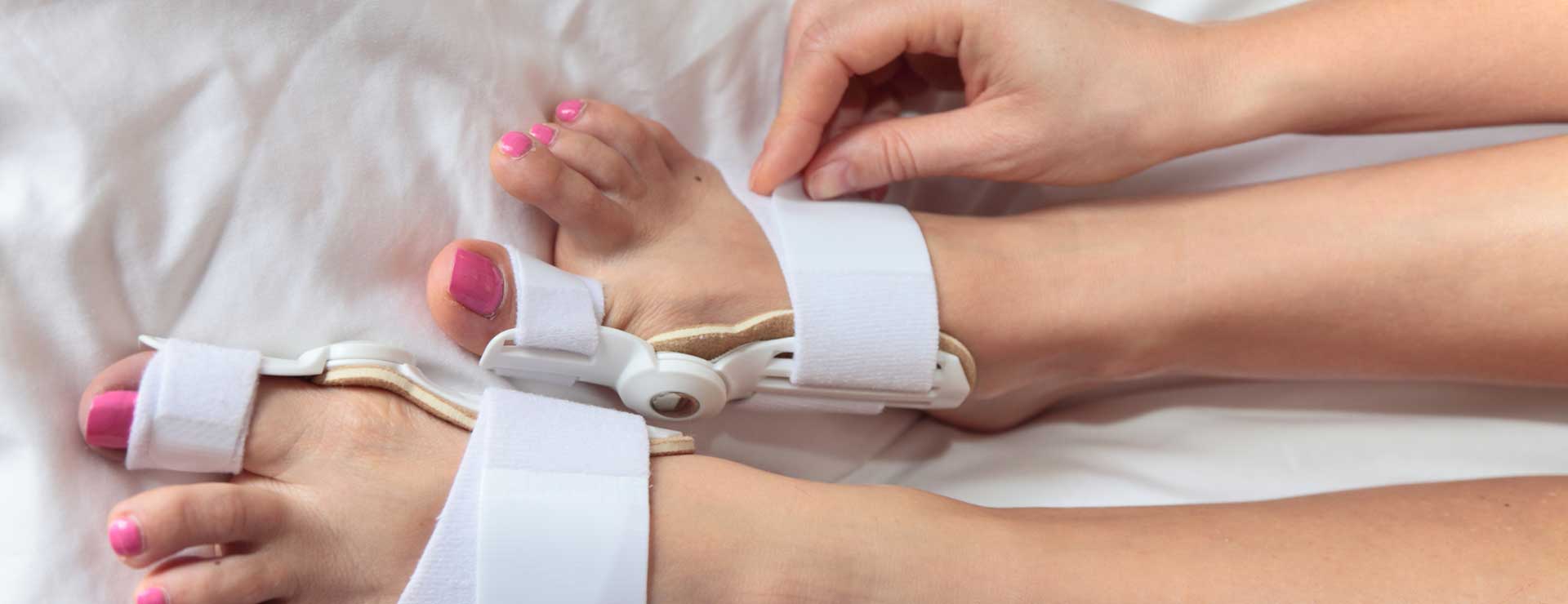
Bunion Surgery | Johns Hopkins Medicine
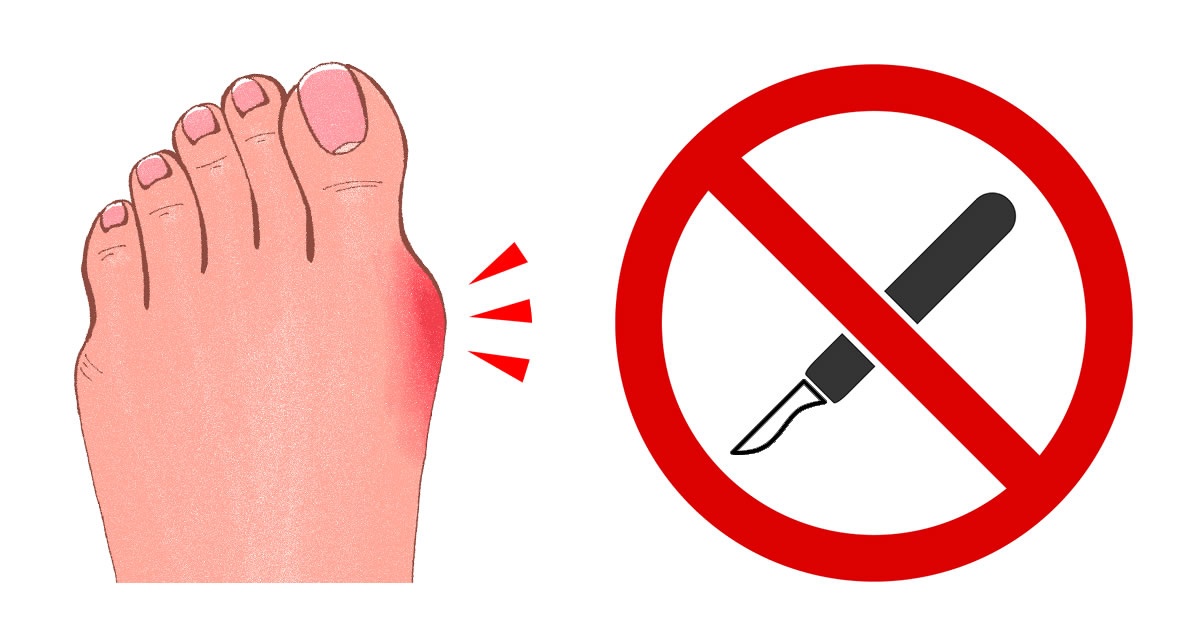
Treating Bunions Without Surgery: Easier Than You Think - Softstar Blog

Cosmetic Bunion & Hammertoe Surgery | Hammer toe surgery, Corn on toe, Smelly feet remedies
Posting Komentar untuk "is hammertoe surgery worth it"